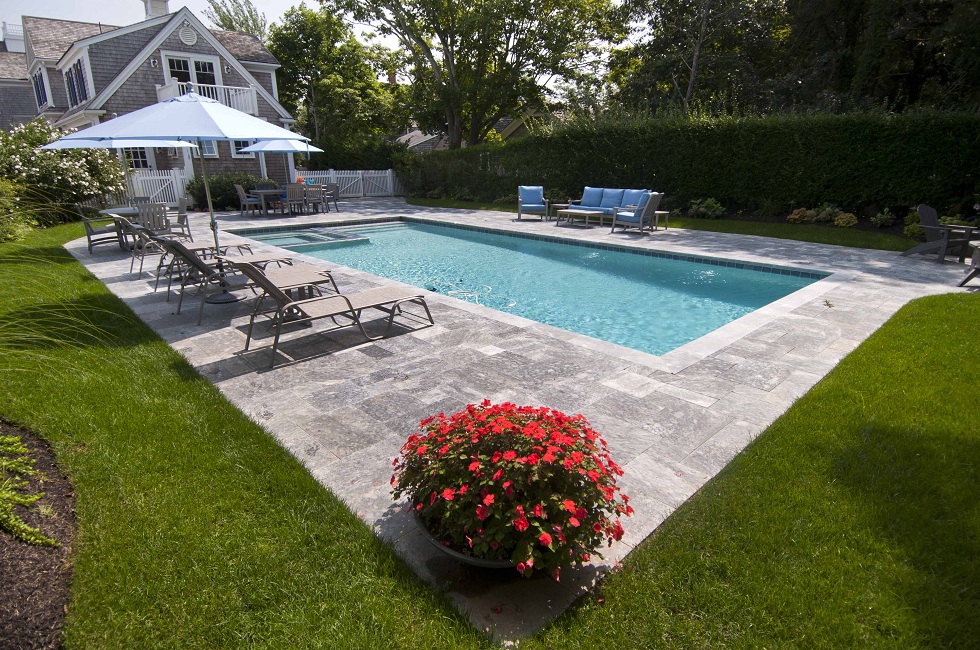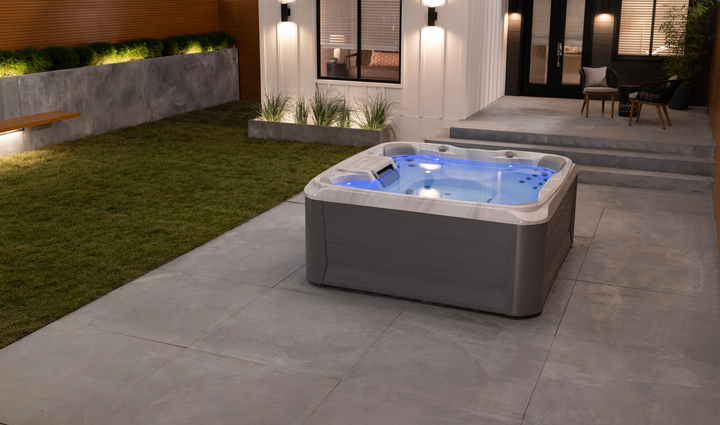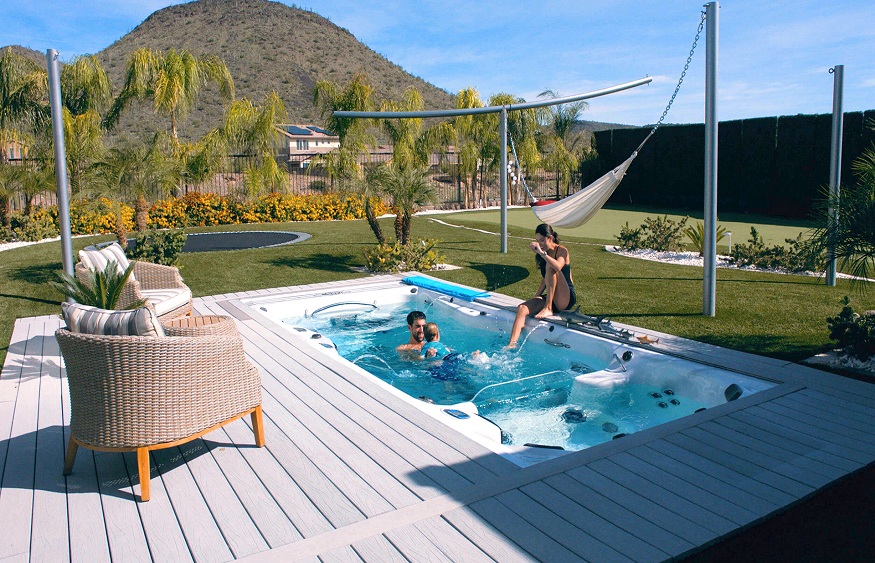Creating the perfect backyard retreat starts with choosing the right inground pool. Inground pool installations are a long-term investment that not only elevate your outdoor living space but also increase your property value and create a space for fun, fitness, and family memories. Two of the most popular materials for inground pools are vinyl liner and fiberglass. Each has unique benefits and considerations, making it essential to understand their differences before breaking ground.
Why Choose an Inground Pool?
Inground pools are permanent fixtures that offer a sleek, customized look compared to above-ground alternatives. Homeowners prefer them for their:
- Aesthetic appeal and design flexibility
- Durability and longevity
- Increased home value
- Customization options, including lighting, steps, spas, and tanning ledges
Choosing between vinyl and fiberglass largely depends on your budget, timeline, and maintenance preferences. Let’s explore both options in detail.
Vinyl Inground Pools
Vinyl liner pools are constructed by excavating a hole, installing a frame (usually steel or polymer), and then lining the pool interior with a custom-fit vinyl sheet. This liner is what holds the water and gives the pool its finished look.
Advantages of Vinyl Pools
- Lower Initial Cost
- Vinyl pools are typically more affordable to install than fiberglass pools, making them a great choice for budget-conscious homeowners.
- Customizable Shapes and Sizes
- Vinyl pools can be built in nearly any shape or depth, offering greater flexibility for custom designs.
- Smooth Surface
- The vinyl surface is soft and smooth, which helps prevent scrapes and is gentle on swimmers’ skin.
- Faster Installation
- Vinyl liner pools can usually be installed in 2 to 4 weeks, depending on weather and permitting.
Considerations for Vinyl Pools
- Liner Replacement
- The liner typically lasts 7 to 10 years before it needs to be replaced, which is an added long-term maintenance cost.
- Susceptibility to Punctures
- Sharp objects or pets with claws can damage the liner. However, minor tears can often be patched.
- Chemical Sensitivity
- Vinyl liners can degrade if exposed to unbalanced pool chemicals or improper water care.
Fiberglass Inground Pools
Fiberglass pools come pre-manufactured as one-piece shells and are delivered to your home ready to install. The pool is lowered into a pre-dug hole, leveled, and plumbed before backfilling and finishing the surrounding area.
Advantages of Fiberglass Pools
- Quick Installation
- Fiberglass pools can be installed in as little as 1 to 2 weeks, minimizing disruption to your backyard.
- Low Maintenance
- The non-porous surface resists algae and reduces the need for chemical treatments, saving you time and money on maintenance.
- Durability
- Fiberglass shells are extremely strong and can last decades without needing resurfacing or liner replacement.
- Built-In Features
- Many fiberglass pool shells come with integrated steps, tanning ledges, and seating areas for added convenience.
- Energy Efficient
- Fiberglass retains heat better than other materials, which can help lower your pool heating costs.
Considerations for Fiberglass Pools
- Limited Shape Options
- Because the pools are pre-molded, customization is limited to the manufacturer’s existing designs.
- Higher Upfront Cost
- Fiberglass pools generally cost more to install than vinyl options, though the long-term maintenance savings can balance this over time.
- Transport and Access
- Large pool shells require special delivery trucks and a clear path to the backyard, which may be a challenge in tight spaces.
Cost Comparison
Note: Costs vary based on location, site access, permits, excavation, and additional features like patios or covers.
Factors to Consider Before Installing
Before making a final decision on your inground pool, consider the following:
- Climate
- Vinyl liners can be affected by extreme weather. Fiberglass is more stable in fluctuating temperatures.
- Backyard Access
- If your backyard is difficult to access, installing a fiberglass shell may be challenging, whereas vinyl pools are constructed onsite.
- Timeline
- Need a pool quickly? Fiberglass is typically faster to install due to the pre-manufactured shell.
- Long-Term Ownership Costs
- Consider the cost of vinyl liner replacements every decade vs. the long-term durability and lower chemical usage of fiberglass.
- Local Pool Contractor
- Choose a reputable pool installer with experience in both vinyl and fiberglass pools. A reliable contractor can help guide your decision based on your yard, budget, and preferences.
Enhancing Your Pool Experience
Regardless of the type you choose, your inground pool can be enhanced with a range of features:
- Automatic Pool Covers for safety and energy savings
- LED Lighting for ambiance and night swimming
- Pool Heaters to extend the swimming season
- Saltwater Systems for gentler water chemistry
- Custom Decking and Landscaping to complement your home
Final Thoughts
Whether you choose a vinyl liner pool for its customization and affordability or a fiberglass pool for its low-maintenance and durability, installing an inground pool is a decision that adds long-term value and enjoyment to your home. The key to a successful Carmel pool installation lies in choosing the right material for your needs and working with an experienced pool contractor who can bring your vision to life.
By understanding the pros and cons of each pool type, you’ll be equipped to make a confident decision that suits your lifestyle and budget.





